Designing a kitchen is both exciting and challenging. However, missteps can lead to regrets.
Here’s a guide to the top 8 mistakes people often make, along with tips to avoid them.
1. Ignoring Workflow

A well-functioning kitchen depends on efficient workflow. Failing to create a practical layout can disrupt cooking processes. The work triangle concept, connecting the stove, sink, and refrigerator, is essential.
It minimizes movement, ensuring a smooth cooking experience. Think about the tasks you perform most often and arrange your appliances accordingly. Consider how often you move between them.
If they’re too far apart, you’ll waste time; too close, and you’ll feel cramped. Focus on optimizing your space for convenience. Prioritizing workflow enhances functionality, making cooking more enjoyable.
2. Insufficient Lighting
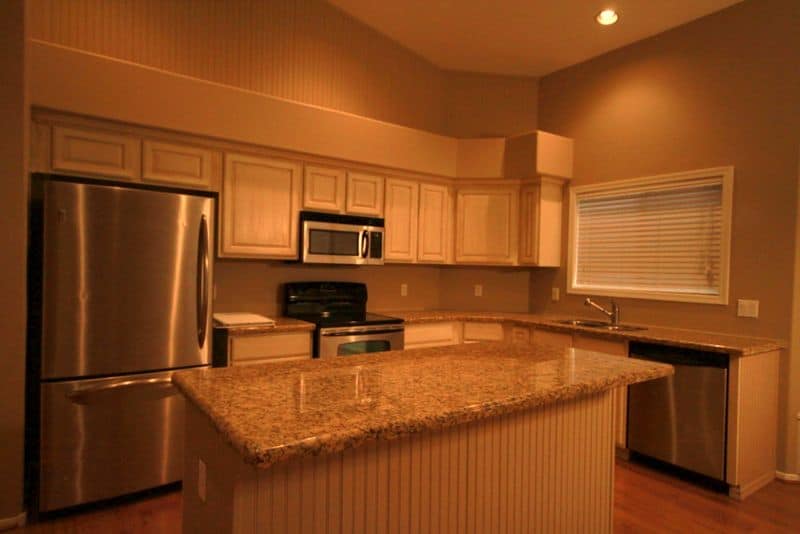
Lighting is crucial in kitchen design, yet often underestimated. Poor lighting can render a kitchen impractical and unwelcoming. Layered lighting, including task, ambient, and accent lights, is ideal.
Task lighting illuminates countertops while ambient lighting provides overall brightness. Accent lights add style and depth.
Avoid relying solely on ceiling fixtures, as they create shadows. Instead, incorporate under-cabinet lighting and pendant lights.
Evaluate how natural light enters your kitchen and enhance it where possible. Proper lighting transforms your space into a warm, inviting hub.
3. Choosing Style Over Function

While a trendy kitchen might impress guests, it can lead to frustration if impractical. Style should complement function, not overshadow it. Overlooking storage for aesthetics results in cluttered countertops.
Prioritize cabinets and drawers for organization. Select materials that are easy to clean and maintain. Test functionality by simulating daily tasks before committing to a design.
Remember, a beautiful kitchen should also support your needs efficiently.
Striking a balance between style and utility ensures satisfaction and long-term use.
4. Forgetting Counter Space
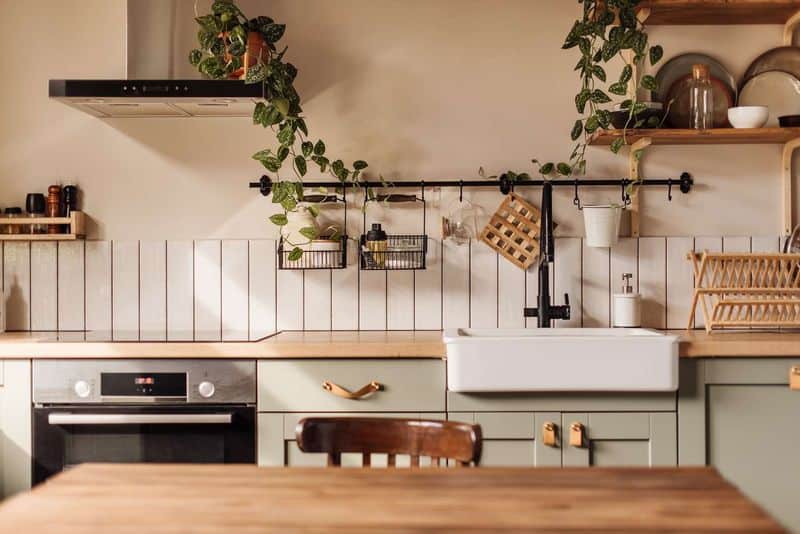
Counter space is vital for meal prep, yet it is often ignored in favor of other features. Limited counters can impede cooking efficiency and create clutter. Consider your cooking habits and plan accordingly.
Extend counters into corners or add an island to maximize surface area. Opt for foldable or retractable options in small kitchens. Keep frequently used items within easy reach to enhance workflow.
Prioritize space for chopping, mixing, and serving tasks. Thoughtful counter arrangements improve both functionality and enjoyment in the kitchen.
5. Neglecting Ventilation
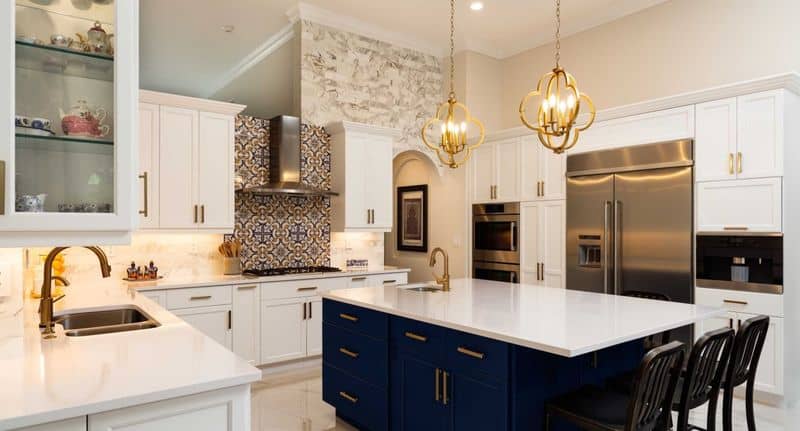
Ventilation is often an afterthought, but it plays a crucial role in maintaining air quality. Inadequate ventilation leads to lingering odors and smoke. Range hoods help expel these, keeping your kitchen fresh.
Opt for a powerful hood that suits your cooking style. If you frequently fry or grill, prioritize stronger ventilation systems.
Consider where the vent leads and ensure it directs air outside. Regular maintenance ensures efficiency.
Investing in proper ventilation safeguards your health and enhances comfort during meal preparation.
6. Overlooking Storage Solutions

Effective storage keeps a kitchen tidy and functional. Neglecting storage leads to clutter and frustration. Assess your storage needs and plan accordingly. Utilize vertical space with tall cabinets and shelves.
Incorporate pull-out racks and lazy Susans for easy access. Identify frequently used items and store them within reach. Custom solutions, like spice racks or utensil organizers, enhance efficiency.
Avoid open shelving if dust and maintenance are concerns. Ample storage not only declutters but also streamlines your cooking experience.
7. Skimping on Quality Materials
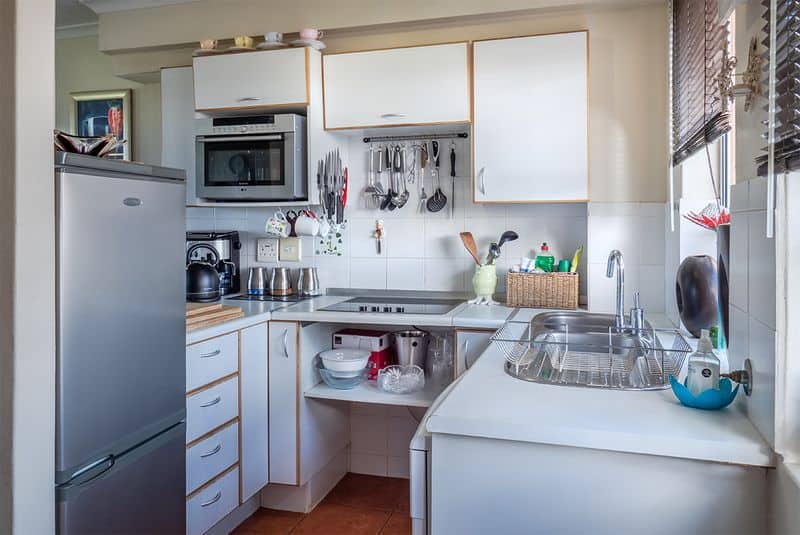
Investing in quality materials may seem costly initially, but it pays off in the long run. Low-quality materials lead to wear and damage, requiring frequent repairs.
Durable surfaces like quartz or granite withstand daily use. Choose cabinetry with solid construction and reliable hardware.
Consider the longevity and resilience of flooring options. Prioritize materials resistant to stains and moisture.
While trendy finishes may attract, opt for timeless choices with proven durability. Quality materials ensure a lasting, beautiful kitchen that withstands the test of time.
8. Neglecting Ergonomics
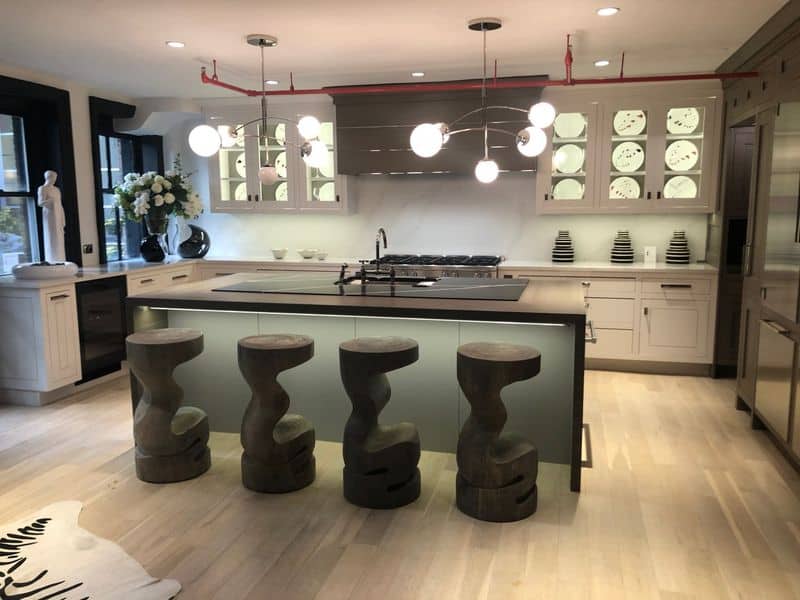
Ergonomics impact comfort and safety in the kitchen. Ignoring ergonomic design results in strain and inconvenience. Consider heights for countertops, ensuring they’re suitable for your stature.
Position cabinets within easy reach. Evaluate your most frequent tasks and adapt the design to minimize bending and stretching. Adjustable features, like pull-down shelves, offer flexibility.
Thoughtful ergonomic choices increase comfort and reduce fatigue, creating a kitchen that’s both enjoyable and accessible.

